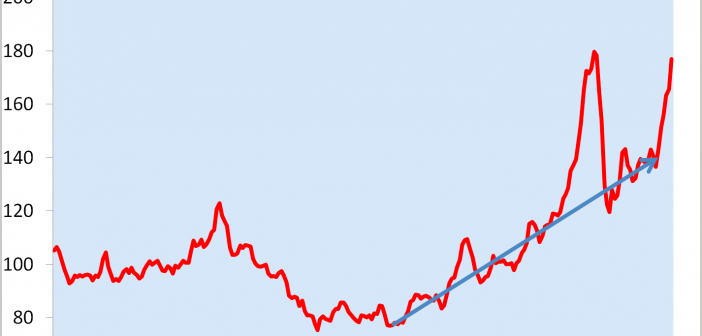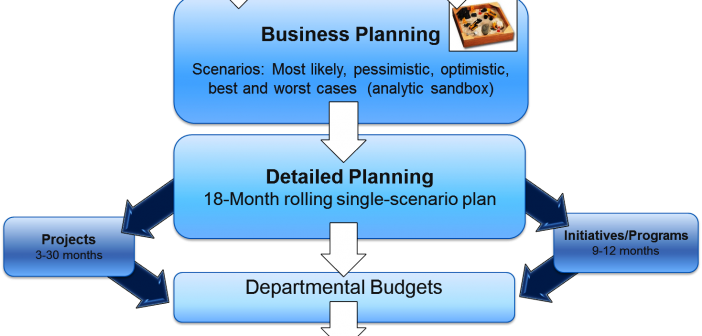
How much of your business performance (profit) is driven by external factors versus internal? A figure of 85% compared to 15% was mentioned at last month’s Manufacturing Analytics Summit, and although I could not find the study mentioned to confirm, it feels about right to me. Certainly more than half,









